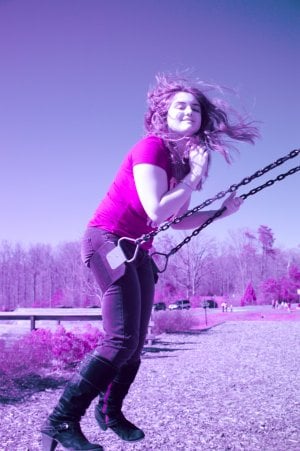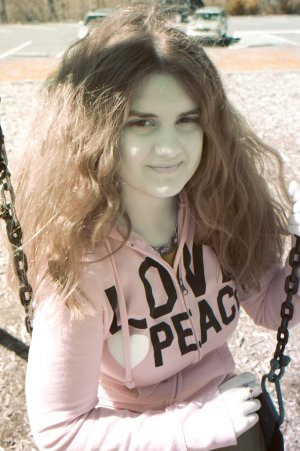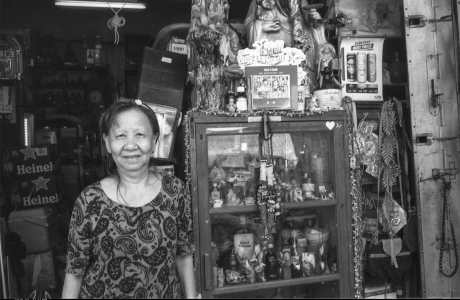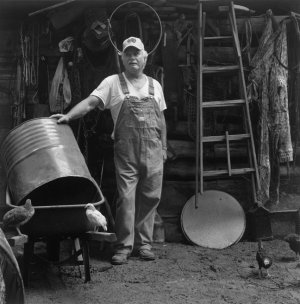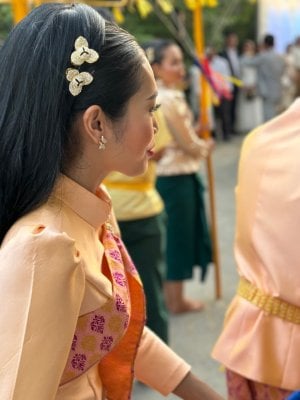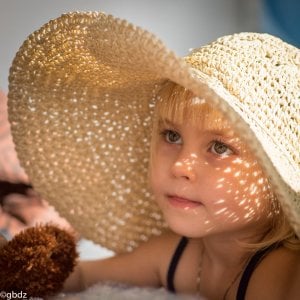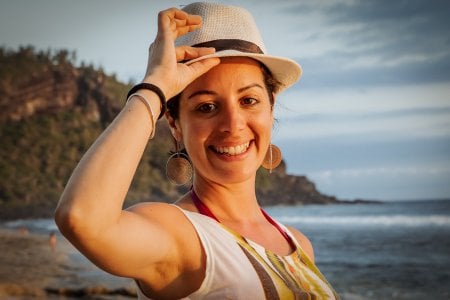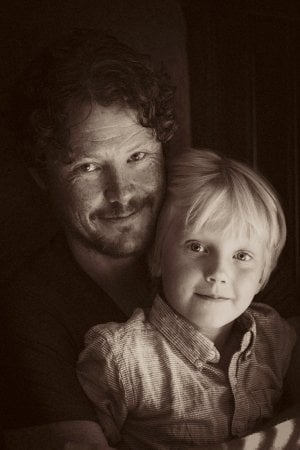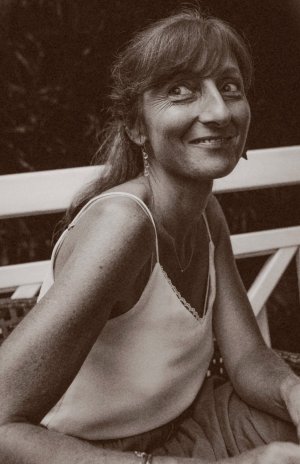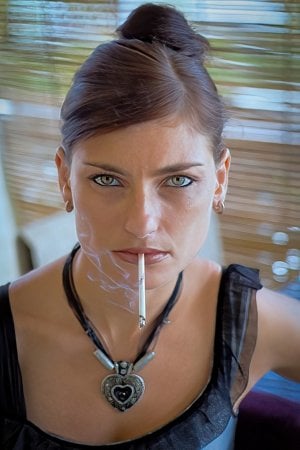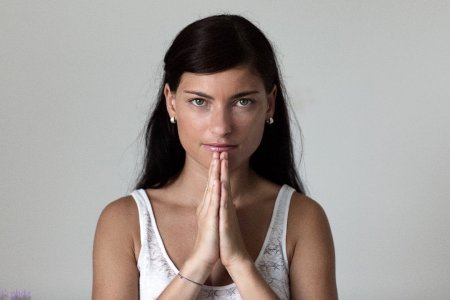yossi
Well-known
x-ray
Mentor
My friend Steve, a rare individual. He’s a kind man and smart about the things that count. If everything in the world collapsed, Steve would survive, hunting, fishing and farming. He’s a man that hasn’t been spoiled by luxury. Steve is a remarkable person.
Attachments
raydm6
Yay! Cameras! 🙈🙉🙊┌( ಠ_ಠ)┘ [◉"]
A
AndyCapp
Guest
A
AndyCapp
Guest
A
AndyCapp
Guest
John Bragg
Well-known
John Bragg
Well-known
A
AndyCapp
Guest
I went to your Flickr to see more. Your pictures tell about love and friendship with a lot of warmth. By your collection, you seem such a "normal" person.
John Bragg
Well-known
That is so kind of you to say so. I am just a normal family guy with a passion for taking black and white photos on hand developed film. I am also somewhat of a perfectionist and still striving to learn and improve.I went to your Flickr to see more. Your pictures tell about love and friendship with a lot of warmth. By your collection, you seem such a "normal" person.
Dogman
Mentor
Lots of heart in all these portraits. Nice to see these days. One big "Like" to all.
A
AndyCapp
Guest
A
AndyCapp
Guest
A
AndyCapp
Guest
brusby
Well-known
Last edited:
brusby
Well-known
A
AndyCapp
Guest
Just being curious: How did you get the lighting balanced like this? I understood you do not use lights or reflectors?
brusby
Well-known
Yes, I almost never use artificial fill -- either lights or reflectors -- if I can avoid it. That way I don't have to lug around a bunch of extra stuff, and more importantly, I much prefer the look this way. Fill often just looks too artificial. But, even the most modern cameras and sensors have such a limited dynamic range compared to our eye-brain connection that they don't "see" things like humans do. For that reason it's typically necessary to dodge shadows and/or burn highlights a bit in order to make a photo look close to how we perceive things in real life.Just being curious: How did you get the lighting balanced like this? I understood you do not use lights or reflectors?
A lot of photographers like straight out of the camera or SOOC results. But I find them almost always unsatisfying. Not denigrating it if anyone reading this likes that approach, it's just not for me.
In a practical sense, I expose so the highlights will not be blown out, but that usually results in shadow areas appearing darker in an unedited photo than how they appeared to me at the time of exposure. So, holding back or dodging shadows is usually necessary to bring things back into proper balance, at least how I perceived them. The trick is doing the editing so it appears as natural as possible and is not too obviously manipulated.
A
AndyCapp
Guest
Thank you. I asked because I only recently tried using a touch of Rotolilght to lighten up the shadows—just a touch. I find the Lightroom Classic mask feature helpful in doing what you do. I got myself a Wacom pad and will take on Photoshop again.Yes, I almost never use artificial fill -- either lights or reflectors -- if I can avoid it. That way I don't have to lug around a bunch of extra stuff, and more importantly, I much prefer the look this way. Fill often just looks too artificial. But, even the most modern cameras and sensors have such a limited dynamic range compared to our eye-brain connection that they don't "see" things like humans do. For that reason it's typically necessary to dodge shadows and/or burn highlights a bit in order to make a photo look close to how we perceive things in real life.
A lot of photographers like straight out of the camera or SOOC results. But I find them almost always unsatisfying. Not denigrating it if anyone reading this likes that approach, it's just not for me.
In a practical sense, I expose so the highlights will not be blown out, but that usually results in shadow areas appearing darker in an unedited photo than how they appeared to me at the time of exposure. So, holding back or dodging shadows is usually necessary to bring things back into proper balance, at least how I perceived them. The trick is doing the editing so it appears as natural as possible and is not too obviously manipulated.
Your results are impeccable.
Share:
-
This site uses cookies to help personalise content, tailor your experience and to keep you logged in if you register.
By continuing to use this site, you are consenting to our use of cookies.


